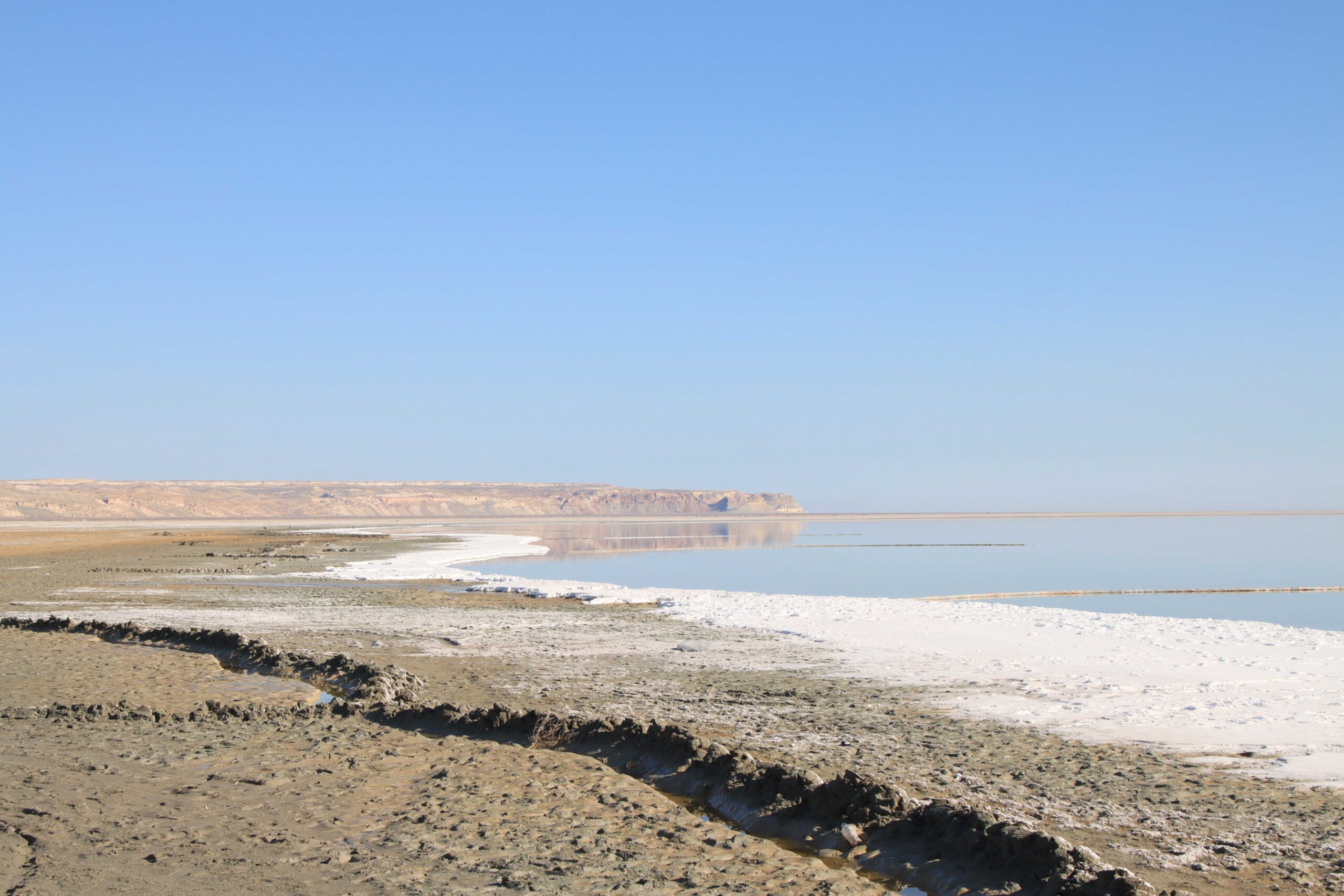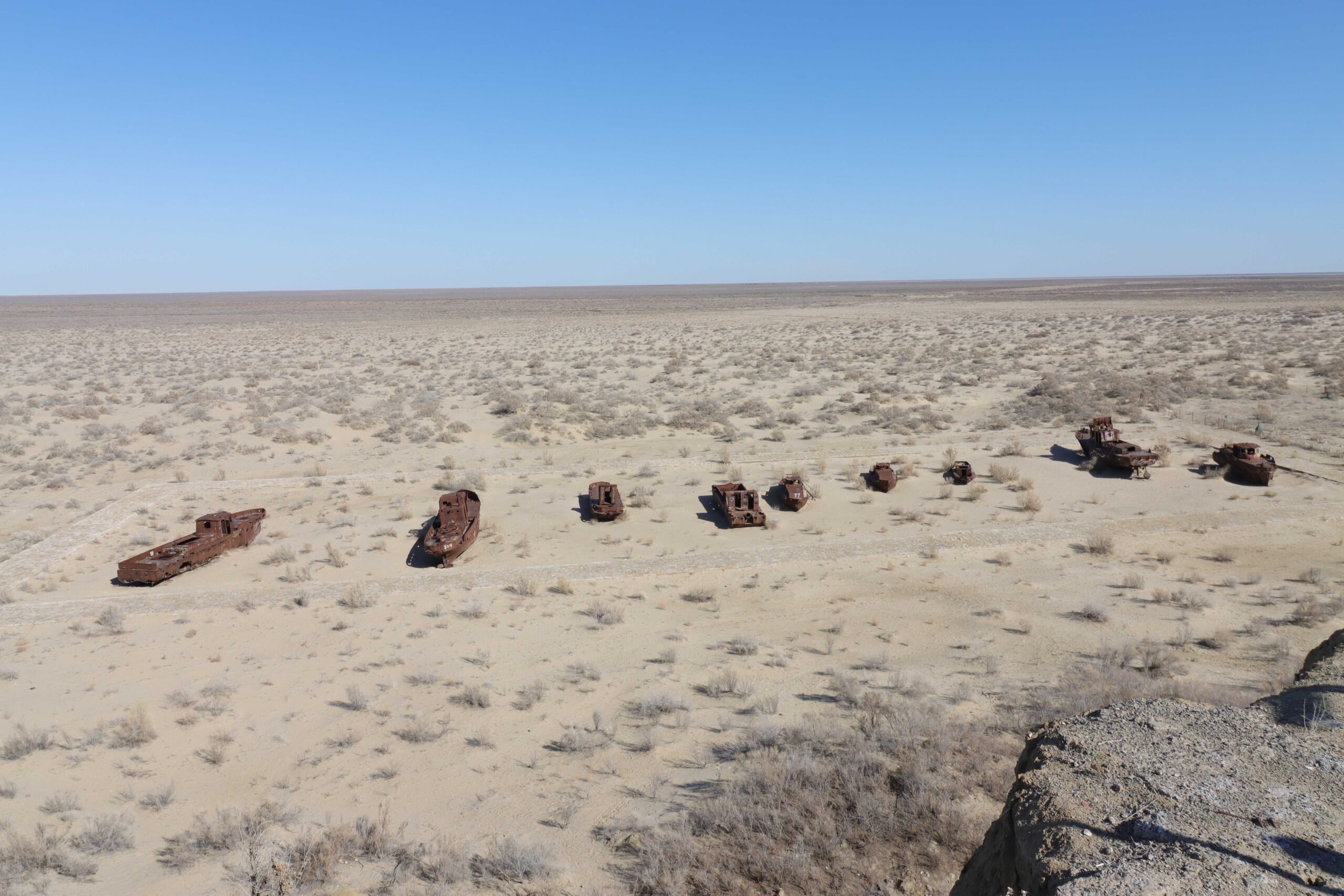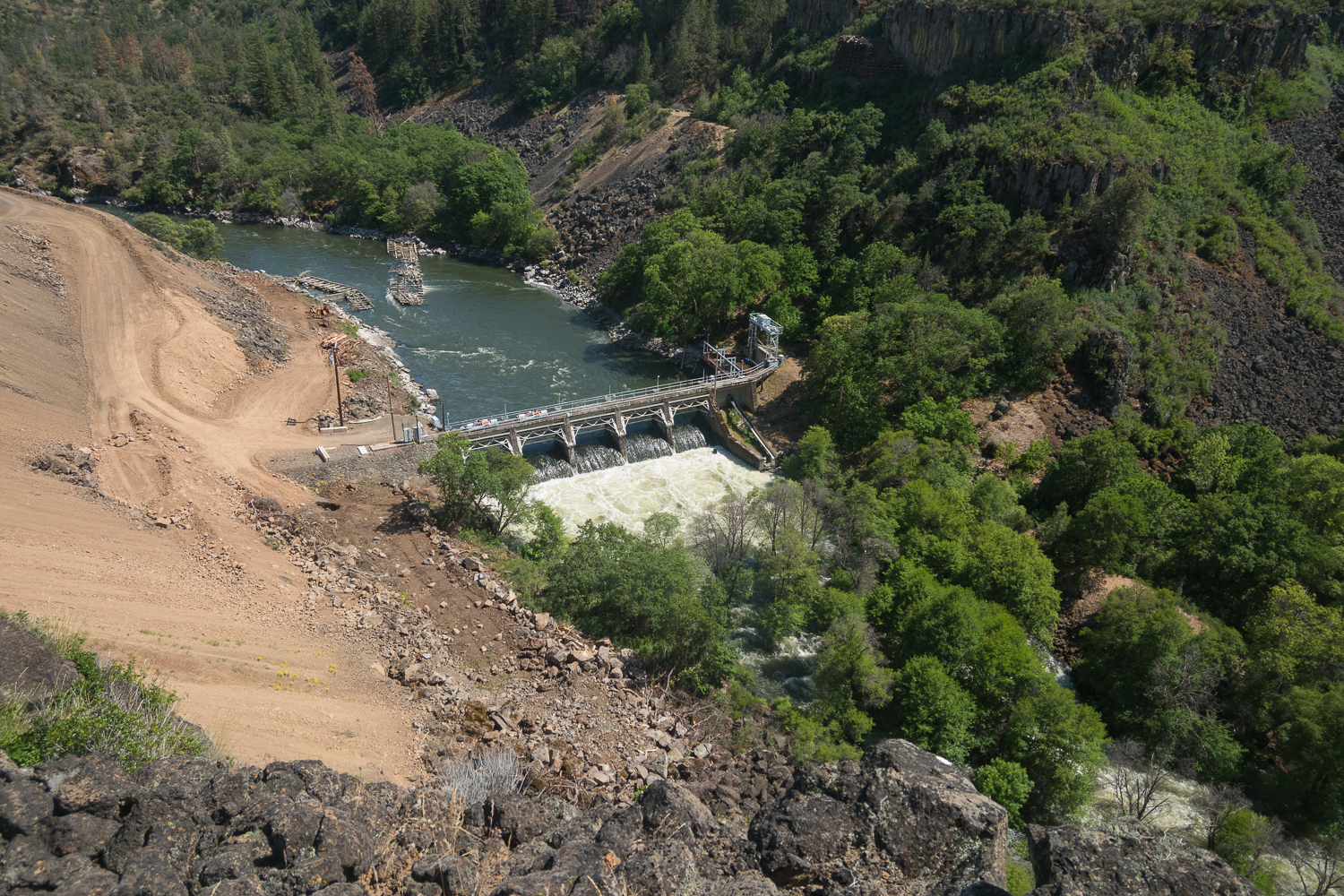PICTURED: The leaves and berries of the c. stenophylla, noted for having black berries than the iconic red ones of arabica and robusta. Photo credit: Aaron Davis. Released.
There are hundreds species of coffee, yet only two have been found that have a desirable taste: coffea canephora commonly known as “robusta” and c. arabica.
Now a wild, rare, and little-understood third species, c. stenophylla, has been successfully tasted and profiled at the Kew Botanical Gardens in England, which they reckon combines the heat-tolerant characteristics of robusta beans, with the complex and delicious flavor profile of arabica.
It’s a pretty incredible story of discovery, as there has been no sensory descriptions of the coffee’s taste for 100 years, and stenophylla is an endangered species thought to be extinct. Endemic to Guinea, Sierra Leone and the Ivory Coast, stenophylla grows in hot-tropical conditions at low elevations, and is reported to be drought tolerant and partially resistant to coffee leaf rust.
It wasn’t until 2019 that this species was rediscovered in the wild in Sierra Leone, and a small amount was grown on the island of Reunion off the coast of Madagascar, which had gotten there by way of Ivory Coast in 2020, that Aaron Davis, Senior Research Leader in Plant Resources at Kew, was able to obtain a sample of the coffee beans.
“Stenophylla coffee has a complex flavor profile, a fine aroma, natural sweetness, medium-high acidity, fruitiness, and good body, as one would expect from high-quality arabica,” Davis, who tasted it himself, told WaL in an email. “Even though it tastes like Arabica, it’s not exactly the same and has its own unique characteristics”.
“It was thought to be extinct in the wild in Sierra Leona, having not been recorded there since 1954, but was rediscovered by us in late 2018,” he added. “Our first tasting samples, and the more recent ones, were collected from the wild in Sierra Leone, from a forest close to the border with Liberia”.
But it’s just not the enjoyable flavor of the coffee that made the discovery noteworthy, but the conditions in which stenophylla can grow.
Tougher Joe
Future-proofing the global coffee supply chain against climate change is a major challenge for the $250 billion per-year coffee industry.
Arabica is a coffee species originating in the cool-tropical highlands of Ethiopia and South Sudan, which achieves higher prices owing to its superior taste. However, with an optimum annual temperature range of 18–22 ºC, it has limited resilience to climate change, and Nature reports that farmers of Arabica coffee around the world are already experiencing the impacts of elevated temperatures and low or erratic rainfall.
The other main coffee species, robusta, grows at higher mean temperatures but is generally excluded from the higher-value specialty coffee sector and used instead for instant coffee, blends, or coffee drinks.
Already unimpressive in terms of fair trade and deforestation, a new coffee bean that’s resilient to climate change could be the genesis for an ethical overhaul of existing supply practices in the global coffee industry, as WaL detailed in a report on the Coffee Barometer.
“There are 124 coffee species, [but] only a handful produce acceptable coffee,” says Davis. “Arabica is the sensory superstar of the coffee world and nothing really comes close to it in terms of flavor… but now we also have stenophylla”.
Davis is co-author of a new paper in which he conducted standardized sensory evaluations to compare the taste of stenophylla to two arabica samples and one robusta sample, and found that stenophylla was indeed a dang good cuppa joe.
Davis et al. also modelled climate data for stenophylla, which suggest that it grows under similar climatic (or slightly warmer) conditions to robusta, and can potentially tolerate a much higher mean annual temperature (24.9 ºC), which is at least 6 ºC higher than arabica.
The risk of deforestation would have to be addressed immediately if global coffee sees stenophylla as a potential cash crop. Arabica needs, and indeed thrives under, a forest canopy, hence the term “shade grown,” while robusta is the big deforester of the two, as it’s capable of growing under the sun on cleared land. Since it shares this quality with stenophylla, suppliers, consumers, and trade inspectors alike would have to ascertain whether tropical biodiverse forests are being cut down to make way.
But the fact that it’s another species and that it’s wild, is a good sign for the resilience of coffee in a changing climate, as crops are more likely to fail if the genetic diversity is limited.
In Mexico, due to traditional farming practices, there are 138 billion genetically different maize plants, and researchers have pointed to Mexico as a force for good in global ag, as they have carried on the genetic lineage of billions of forms of thousands of species of corn, ensuring that if the climate changes, there will be some species capable of thriving in during the change.
“Wild species have great potential in this respect, and researchers are now seriously engaged in research of this nature,” says Davis. “This is something we’ve been working on for some time, for coffee and other crops, [and] we will continue research and development work on stenophylla coffee, [and] other poorly known coffee species, in combination with climate change research”.




